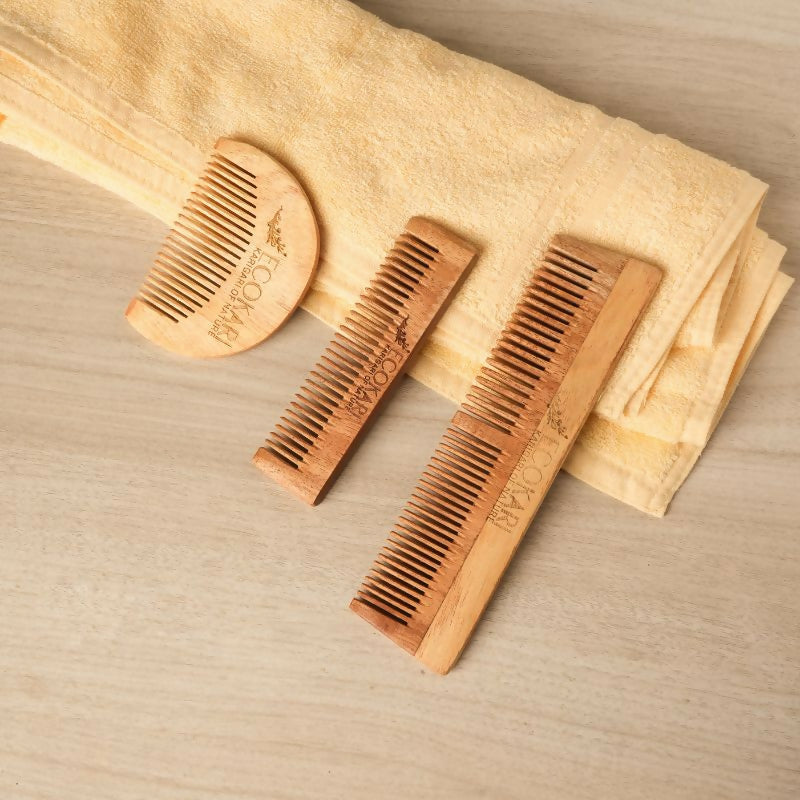Sustainable Crafts: Reviving Ancient Indian Art

India's rich cultural heritage is epitomised by its diverse range of traditional crafts, each telling a story of skill, tradition, and creativity passed down through generations. The fusion of ancient Indian art with repurposed materials represents an incredible journey of revival and innovation. Through these age-old techniques and sustainable practices, each piece gains a unique character, displaying the rich legacy of Indian craftsmanship in a new, eco-conscious light. Below are examples of such transforming ancient crafts with repurposed resources.
JAIPUR BLUE POTTERY
The art of blue pottery, which gained prominence in Jaipur during the early 19th century, is celebrated as one of the most exquisite forms of pottery. Over the years, numerous artists and artisans have tried to revive this splendid art form. Disharee Mathur, with roots in both Jaipur and London, stands out in this revival effort by reimagining indigenous practices through sustainable methods. She innovatively incorporates industrial waste into her new-age blue pottery creations, repurposing discarded sanitary ware to breathe new life into this ancient craft. Mathur preserves the traditional aesthetics of blue pottery and infuses it with a contemporary twist, highlighting the potential for sustainable practices within traditional art forms.

(Image credit: Disharee Mathur - New Blue Pottery Project)
WARLI ART
Ba No Batwo is an eco-friendly label based in Maharashtra, specialising in creating exquisite Indian crafts through sustainable practices. It focuses on upcycling and reusing discarded materials, transforming them into captivating crafts. The label advocates for sustainability and the preservation of Indian crafts, employing traditional techniques such as Warli and Pattachitra among others. Ba No Batwo's unique approach includes the use of Warli art, a traditional form of painting that originates from tribes in Maharashtra and Gujarat. This age-old technique, known for vividly capturing daily life and activities, is applied to repurposed metal plates, thereby creating sustainable art pieces.

(Image credit: Ba No Batwo - Warli Handcrafted Wall Paintings)
PATTACHITRA ART
Another traditional painting used on repurposed teak wood and canvas is the Pattachitra art from Odisha. This centuries-old colorful art form is one of the oldest and most popular art forms in India. Inspired from the ancient art form known for its intricate details and mythological narratives, Ba No Batwo crafts this unique and beautiful Indian craft on repurposed materials, showcasing the beauty of Pattachitra promoting sustainability through its use of recycled resources.

(Image credit: Ba No Batwo - Pattachitra Wall Art)
DHOKRA
Dhokra, an ancient metal craft dating back 4,000 years, is a distinguished form of art practiced by tribes in West Bengal and has also found practitioners in Chhattisgarh, Madhya Pradesh, Odisha, and other regions of India. This sustainable art form is renowned for its use of the lost-wax technique, wherein waste scrap and other materials are melted and molded with soil and clay to create sculptures and decorative pieces that are both artful and intricate. In 2021, Anantaya Decor from Jaipur introduced the Tara Dhokra collection, leveraging this age-old technique with a sustainable twist. They used recycled brass scraps in their collection, paying homage to the traditional Dhokra art while significantly reducing the carbon footprint associated with the production of these pieces. This initiative represented the preservation of ancient craftsmanship in a sustainable manner, showcasing it in traditional art forms.

(Image Credit: Anantaya Jaipur Decor)
These sustainable approaches to old crafts show that they empower the artisan community, breathe new life into our cultural heritage and importantly, bring out a profound respect for the environment by reviving ancient crafting techniques with modern, eco-friendly practices.






Leave a comment